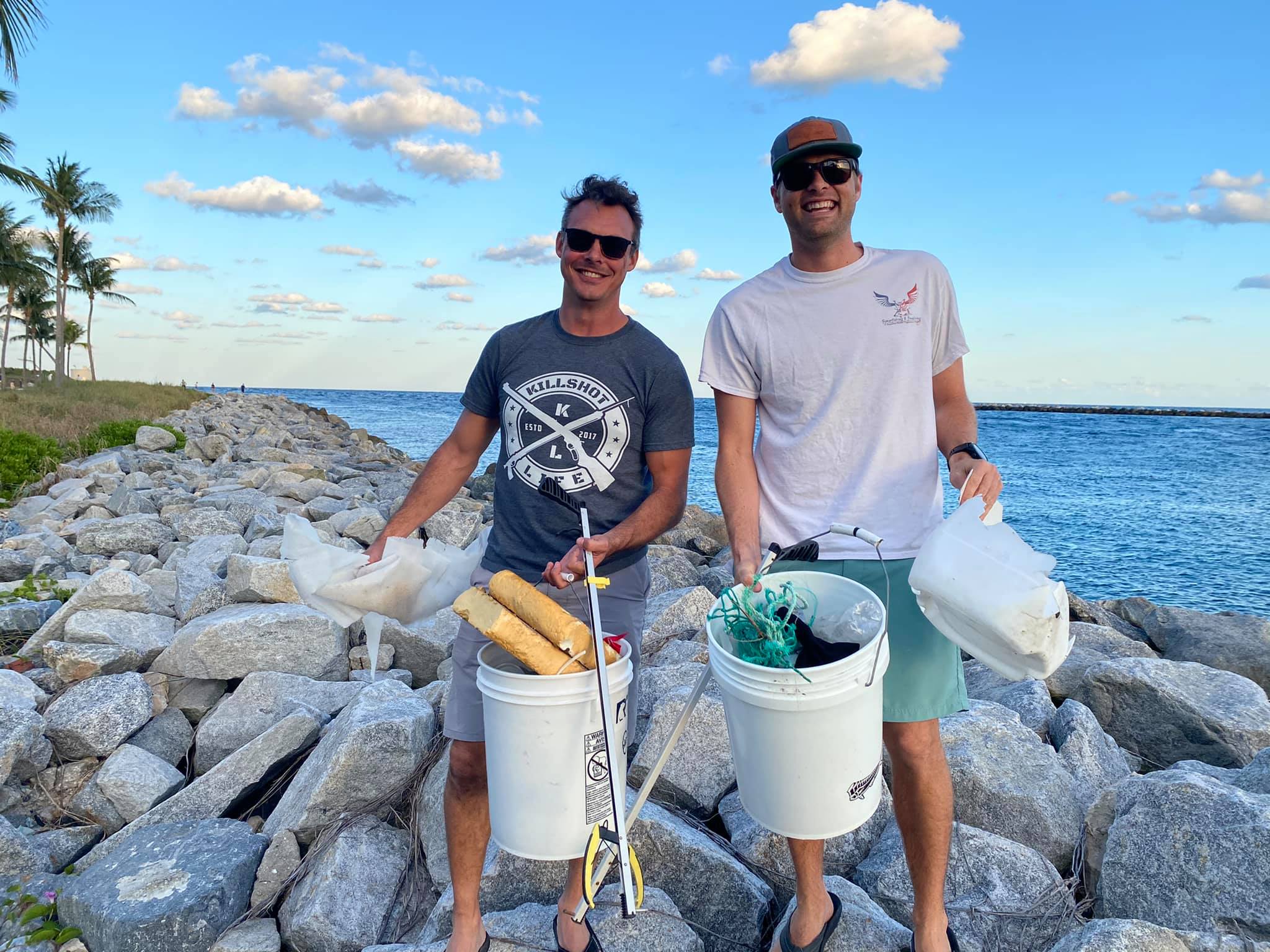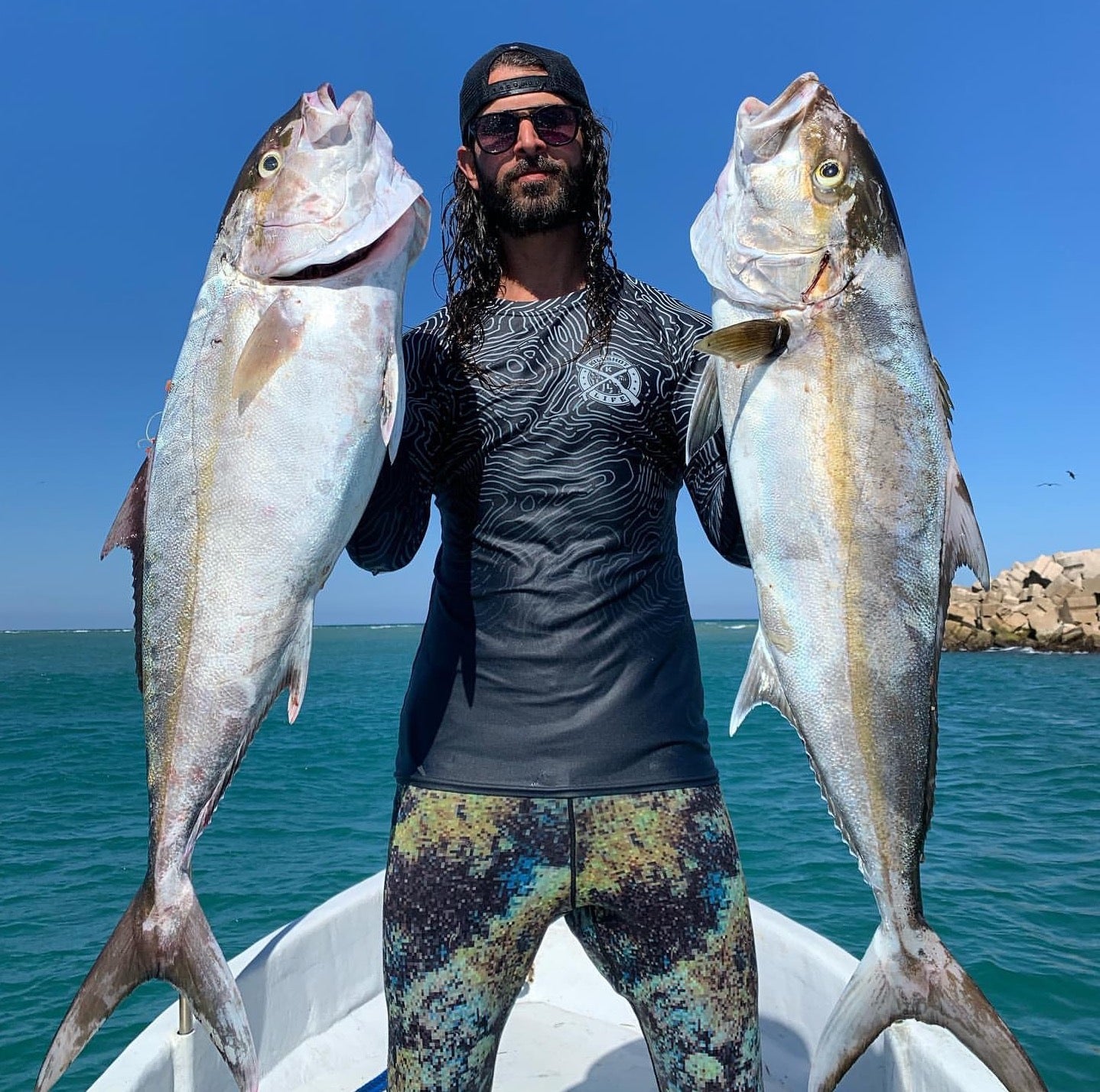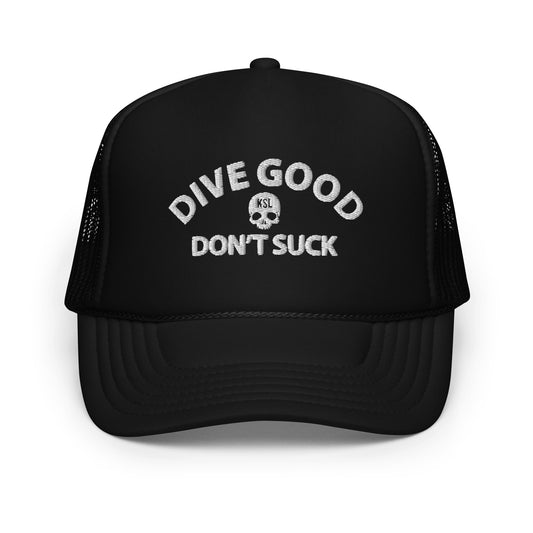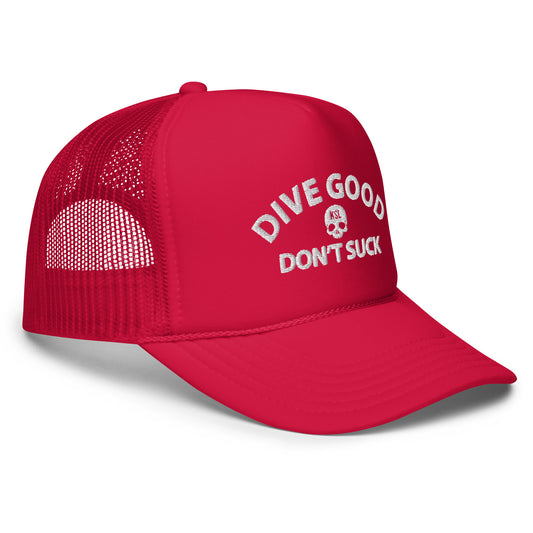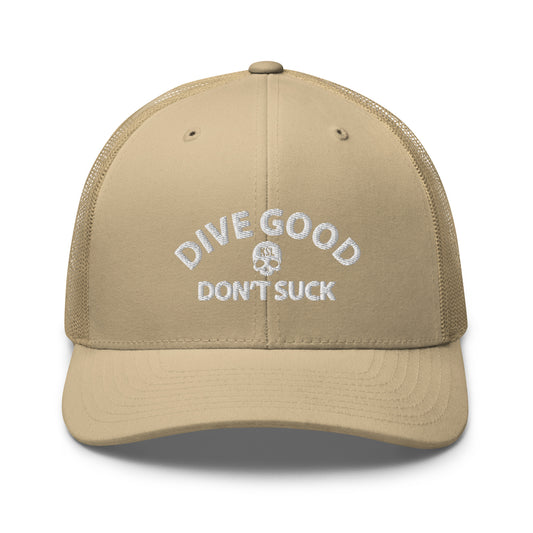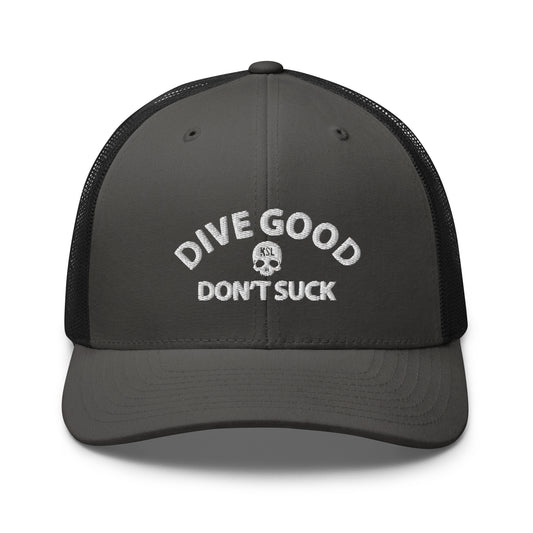Spearfishing: A Sustainable and Ethical Approach to Hunting Billfish
Share

Photo credit: Nicolas Tahimanarii
In the realm of recreational fishing, debates surrounding ethical practices and sustainable methods have become increasingly prevalent. Among the majestic creatures of the ocean, billfish, including sailfish and marlin, hold a special place in the hearts of anglers worldwide. As concerns rise about the impact of catch and release fishing on billfish populations, those who spearfish for these same species are often highly criticized by charter captains and sportfishing enthusiasts due to the mortal nature of a successful spearfishing hunt. However, when you compare sportfishing to spearfishing for billfish, spearfishing has several advantages regarding sustainability. Considering the lower than expected survivability rate of catch and release fishing and the limited annual impact of spearfishing on billfish populations for example, our stance is that sport fishermen need to get off their high horses. Here's a breakdown on why we support responsible spearfishing for sails and swords (where populations are healthy, and harvesting for food is legal):
1. Higher Survival Rates: A study titled "Post-Release Mortality in Istiophorid Billfish" revealed that the survivability rate of billfish subjected to catch and release fishing stands at 86%. While this practice is often hailed as a conservation measure, the reality is that a considerable number of released fish succumb to the stress and injuries sustained during the capture and release process. On the other hand, spearfishing offers a swift and precise capture, resulting in a higher percentage of immediate, humane kills. This reduces the overall stress on billfish populations, allowing them to recover more effectively and contribute to their continued existence.
2. Selective Harvesting: Spearfishing requires a high level of skill, precision, and knowledge of the marine environment. Spearfishermen are selective hunters, choosing only mature, healthy billfish for capture - in a large part because they can actually see what they're hunting. This approach ensures that the fish harvested are not part of the breeding population, thus minimizing the impact on future generations. In contrast, catch and release fishing can sometimes result in the accidental capture of juvenile or spawning billfish, disrupting the reproductive cycle and hindering population growth.
3. Limited Annual Impact: While some critics argue that spearfishing contributes to the decline of billfish populations, the data tells a different story. When comparing the number of billfish caught in tournaments, recreational fishing, and commercial fishing to the relatively small number shot by spearfishermen on an annual basis, it becomes evident that spearfishing has a significantly lower overall impact on billfish populations.
Unlike large-scale recreational fishing tournaments that may catch numerous billfish in a single event, spearfishing tends to be a more localized and controlled activity. Spearfishermen often operate individually or in small groups, focusing on sustainable practices that respect the balance of marine ecosystems.
4. Low Bycatch and Habitat Impact: Spearfishing is known for its minimal bycatch, as it involves directly targeting specific fish rather than using nets, lines, or other indiscriminate methods that often ensnare unintended species. This reduces the risk of accidentally capturing vulnerable or endangered marine life, contributing to the overall preservation of the ocean's biodiversity.
Furthermore, spearfishing has a relatively low impact on marine habitats. Spearfishermen dive to specific locations, making it easier to avoid sensitive ecosystems, reefs, and other critical habitats that could suffer damage from more intrusive fishing practices.
5. Fostering Conservation Ethos: Spearfishing encourages a deeper connection with the marine environment and promotes conservation values among practitioners. Spearfishermen often become staunch advocates for protecting the oceans and the species they target. By actively engaging with marine life and witnessing the beauty of the underwater world firsthand, spearfishermen develop a profound appreciation for the need to preserve these ecosystems for future generations.
In conclusion, spearfishing emerges as an ethical and sustainable approach to hunting sailfish and marlin when compared to catch and release fishing. With a higher efficiency hunting method, selective harvesting practices, limited annual impact, and reduced bycatch and habitat impact, spearfishing demonstrates its potential as a responsible and conservation-oriented method. As awareness of the importance of sustainable fishing practices grows, spearfishing can be viewed as a viable option for those seeking an ethical way to engage with nature, support conservation efforts, and enjoy the splendor and taste of these majestic billfish while ensuring their continued existence in our oceans.

